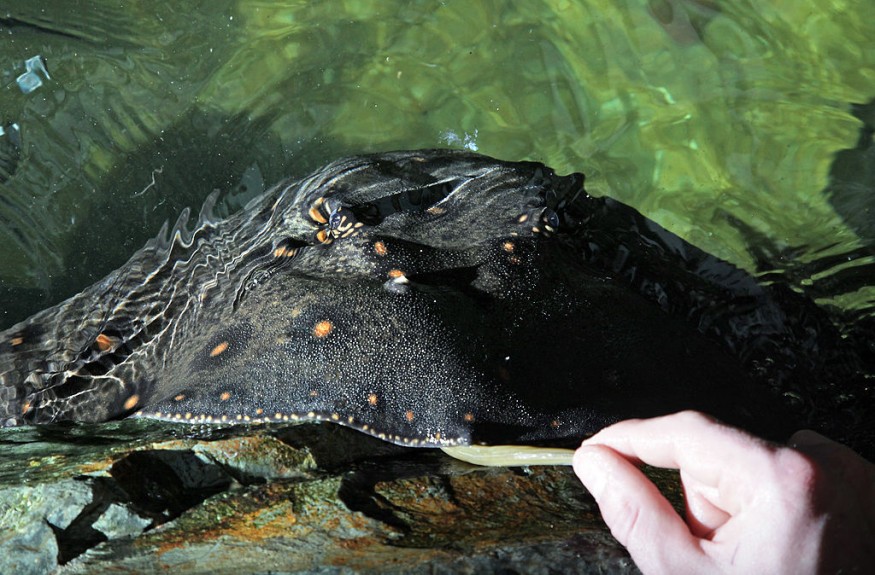A 400-pound stingray was accidentally caught by fishers in Cambodia.
The freshwater behemoth took the fishers by surprise when they thought was a normal catch of small fish for the day, it turned out to be something else.
The recent incident highlighted the enormous size of giant freshwater stingrays and how they can contend to be the world's largest in their ranks.
Experts have reportedly estimated these stingrays can grow even more.
However, the site of the accidental catch underscored an existing ecological and environmental issue due to pending human activities in the form of infrastructural projects.
A Rare Catch

Local fishers caught the giant freshwater stingray along the Mekong River in the province of Stung Treng, Cambodia, on Thursday, May 5.
Prior to being caught, the venomous stingray swallowed another fish inside the fishing line.
The fishers then dragged the giant stingray from the depths of the Cambodian river.
Afterward, the locals then reported their catch to members of the Wonders of the Mekong Project, a conservation group run by the United States' University of Nevada, Reno (UNR).
The project is in collaboration with local authorities, who reportedly helped the fishers remove the fishing line before releasing the stingray back into the river alive.
The massive fish had an estimated weight of 180 kilograms (397 pounds), a width of 6 feet (1.9 meters), and a length of 13 feet (4 meters), according to UNR representatives, as cited by Live Science.
Giant Freshwater Whipray
Marine biologists from the said project have welcomed the discovery of the freshwater stingray.
The scientists warned the biodiversity in the area is under threat and even the caught stingray is considered to be an endangered species already, according to The Guardian.
The UK-based media outlet mentioned that planned dams threaten the ecology of the Mekong River.
The caught giant freshwater string ray is officially known as the Giant Freshwater Whipray (Urogymnus polylepis) which has been placed under the International Union for Conservation of Nature (IUCN)'s Red List of endangered species.
The endangered species category entails that the population of the Giant Freshwater Whiprays is declining relative to their original numbers before.
Multiple reports have suggested that human-related activities have greatly contributed to their population decline.
The Cambodian river is known as a fundamental marine ecosystem and natural habitat, responsible for allowing the production and dispersal of various fish species across Cambodia and even to Vietnam, according to UNR Fish Biologist, Zeb Hogan, as cited by The Guardian.
Mekong River Threats
In addition to mentioned human-related threats to the Cambodian river, the greatest ecological and environmental threats to the Mekong River are habitat loss, illegal wildlife trade, and hydropower development, according to the World Wildlife Fund (WWF), an international non-governmental organization and conservation group.
The WWF also includes climate change as a growing threat to the freshwater site.
A changing weather pattern that yields frequent and violent storms and global warming are one of the notorious' climate hazards to the said body of water.
The Greater Mekong region, where the Mekong River lies, is also referred to as the "rice bowl" of Asia, said the organization.
The river spans 3,000 miles from the Tibetan plateau to the South China Sea.
© 2025 NatureWorldNews.com All rights reserved. Do not reproduce without permission.





